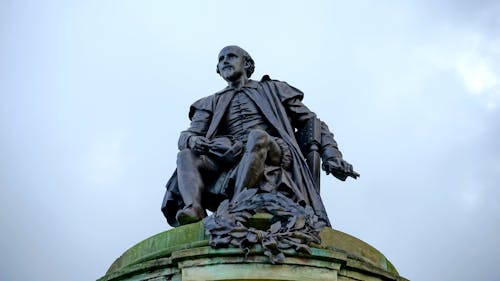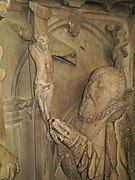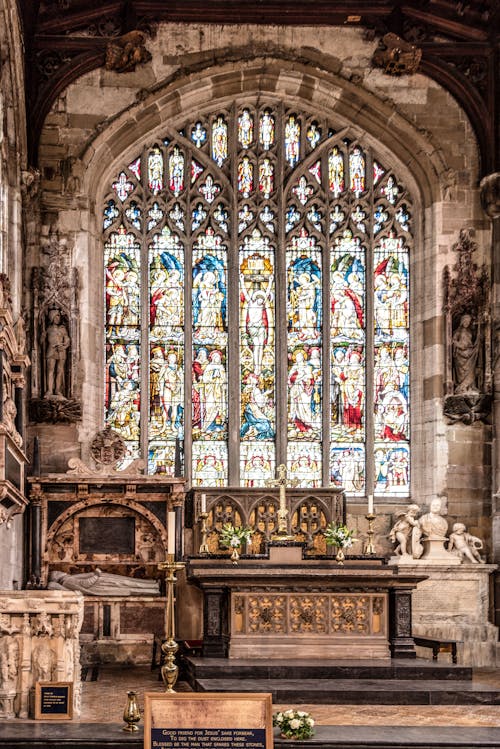The Renaissance was a period of remarkable transformation that occurred in Europe between the 14th and 17th centuries. It was an era characterized by an explosion of creativity and innovation that brought about significant changes in various aspects of life, including art, literature, science, religion, and politics. The term “Renaissance” means “rebirth” or “revival,” and it is an apt description of this period of profound change and transformation.
Introduction
The Renaissance was an era that witnessed the revival of classical learning and the emergence of new ideas and philosophies that challenged the traditional way of thinking. It was an era that saw the rise of humanism, the development of modern science, and the birth of the modern world as we know it. The era was a time of great exploration, discovery, and innovation that paved the way for the modern world.
The Artistic Renaissance

One of the most significant aspects of the Renaissance was the artistic revolution that took place during this period. The artists of this era rediscovered the techniques of ancient Greece and Rome and used them to create new and innovative art forms. The paintings of the Renaissance are known for their realism, depth, and perspective, and they are considered some of the most beautiful and inspiring works of art ever created. The Renaissance artists revolutionized the art world by introducing new techniques such as chiaroscuro, sfumato, and linear perspective.
The Scientific Renaissance
The Renaissance was also a time of great scientific progress. It was during this period that the foundations of modern science were laid, and many of the great scientific discoveries were made. The Renaissance scientists challenged the traditional beliefs of their time and used empirical observation and experimentation to understand the natural world. Some of the notable scientists of the era include Leonardo da Vinci, Galileo Galilei, and Johannes Kepler.
The Literary Renaissance

The Renaissance was a time of significant literary development, with many writers producing some of the most influential works of literature in history. The writers of this era revived the study of classical literature and used it to create new and innovative literary forms. The literary works of the Renaissance are characterized by their humanism, realism, and secularism, and they include works such as Dante’s Divine Comedy, Petrarch’s sonnets, and Shakespeare’s plays.
The Impact of the Renaissance

The Renaissance had a profound impact on the world and paved the way for the modern era. It brought about significant changes in various aspects of life, including art, literature, science, religion, and politics. The artists and writers created some of the most beautiful and influential works of art and literature in history, while the scientists of the Renaissance laid the foundations of modern science. The era also saw the rise of humanism and the development of modern political thought, which had a profound impact on the way we think about democracy and individual rights.
The Importance of Cultural Exchange

The Renaissance was a time of significant cultural exchange, and it saw the exchange of ideas, art, and knowledge between different cultures. The thinkers of this era were fascinated by the cultures of the East, and they were inspired by the art, literature, and philosophy of ancient Greece and Rome. This exchange of ideas and knowledge paved the way for the development of new ideas and philosophies and had a significant impact on the development of the modern world.
Conclusion
The Renaissance was an era of innovation and creativity that had a profound impact on the world. It was a period that emphasized the importance of knowledge and creativity, and it paved the way for the development of modern science, art, and literature. The thinkers challenged the traditional beliefs of their time and paved the way for the development of new ideas and philosophies that continue to influence the world today. The legacy of the era can be seen in the modern world, and it is a testament to the power of innovation and creativity in shaping the world around us.


